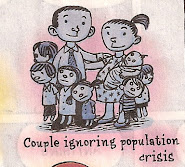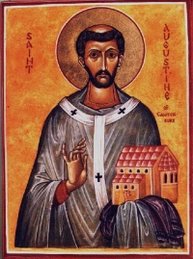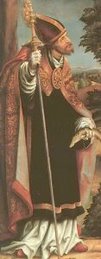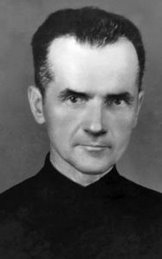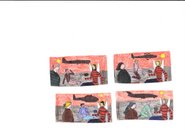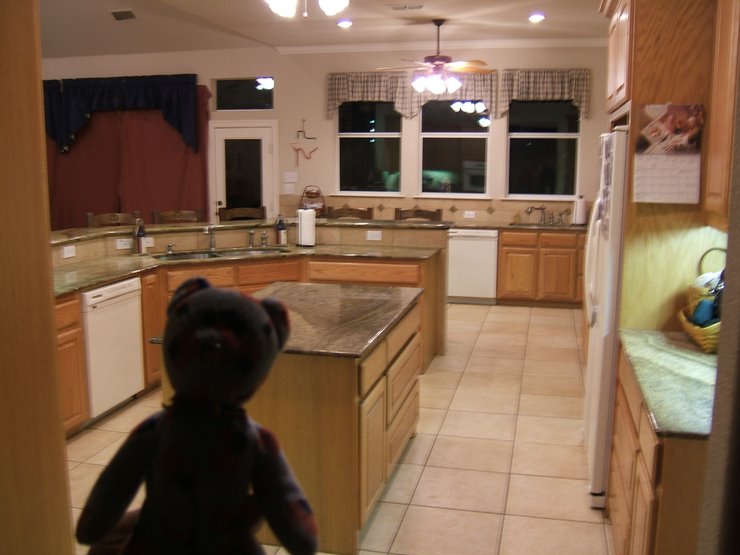
Here is the novena which starts on the Feast of St. Andrew:
St. Andrew Christmas Novena Prayer to Obtain Favors
Hail and blessed be the hour and moment in which the Son of God was born of the most pure Virgin Mary, at midnight, in Bethlehem, in piercing cold. In that hour, vouchsafe, O my God! to hear my prayer and grant my desires, through the merits of Our Saviour Jesus Christ, and of His Blessed Mother. Amen.
(It is piously believed that whoever recites the above prayer fifteen times a day from the feast of St. Andrew (30th November) until Christmas will obtain what is asked.)
Imprimatur
+MICHAEL AUGUSTINE, Archbishop of New York
New York, February 6, 1897
Here are a few reviews of a couple of books which I published on LibraryThing:
North and South
Elizabeth Gaskell
“Elizabeth Bennett meets the industrial revolution - count the bodies as they fall!”
It has been nearly 40 years since Jane Austen wrote Pride and Prejudice, and the social landscape of England in is transition in Elizabeth Gaskell’s novel North and South. The aristocrat who lives a life of leisure while his tenants work his landholdings in southern England is being replaced by the common man who works his way up to a position of wealth and power in the factory towns of northern England. How these two social classes interact makes up just one facet of the book.
The main characters of the book are the members of the Hale family, with the daughter Margaret being the most important character of all. The Hales move from a country vicarage in southern England to Milton, a fictitious city in the industrial region of North England. Mr. John Thornton, the young owner of one of the cotton mills, befriends the family. He is attracted to Margaret, the only daughter of the Hale’s, but she considers him socially beneath her. Their relationship progresses along with the story of the Hales adjusting to life in a northern town.
One of the main themes of the book is conflict. There are external conflicts, such as the one between the workers and the factory owners, and the southern aristocrats and the industrial businessmen. Mrs. Gaskell does a good job of showing both sides in a sympathetic light without setting one up as a ‘bad guy’ in the story. For example, the union workers had their wages reduced several years before this story takes place, and the workers are clamoring for more money as the cost of living goes up. The mill owners are not able to increase wages because of the price of cotton and other forces which are affecting the marketplace. Both sides have a legitimate argument for getting what they want, and neither are motivated by greed or any other vice.
There is much more to this book than my brief review. I will end with the comment that John Thornton is an excellent study in the practice of the cardinal virtues. This was one aspect of his character which was not carried over to the 2004 BBC version of this book. I strongly recommend this book, and give it 5 stars.
As to my “count the bodies as they fall!” comment above, let me just say that while there is very little violence in the story, many of the characters don’t survive to the last page.
By the way, I did not even know about this book until one day I saw a video of the trailer for the BBC movie. It was on YouTube, and Daniela Denby-Ashe caught my attention. I then went on to look up the book on Wikipedia. It sounded interesting, so I got a free copy of it for my iPhone off of the Gutenberg Project. As I started to read the e-book, I decided to go ahead and buy the hardcover version. Ah, the joys of high tech and copyright-free books!
To Kill a Mockingbird
Harper Lee
I just finished reading this book. It was hard to put it down. The book is told in the first person by the youngest child of a lawyer in a small town in Alabama during the Depression. Several themes are explored: racism, standing up for the truth, living in a small town in the South, coming of age(well, sort of....) all come to mind.
I recommend this book, but I am not sure if I would really want to read it again. I found part of the thrill of reading the book was the suspense of wondering what would happen next. The scene in the courtroom was particularly engrossing.
One note about the language in this book. The 'N' word is used constantly, making me think that this book would not have been accepted for publication in this our day of political correctness. The language and the testimony given during the trial give this book a rating of 'Adult' for this book.
 Today we recall the deaths of Richard, Janice, and Terry. They were the crew on a helicopter similar to this one (N217MM, shown above, was our main aircraft) which crashed in Ann Arbor, Michigan, on the morning of December 1, 1994.
Today we recall the deaths of Richard, Janice, and Terry. They were the crew on a helicopter similar to this one (N217MM, shown above, was our main aircraft) which crashed in Ann Arbor, Michigan, on the morning of December 1, 1994.








